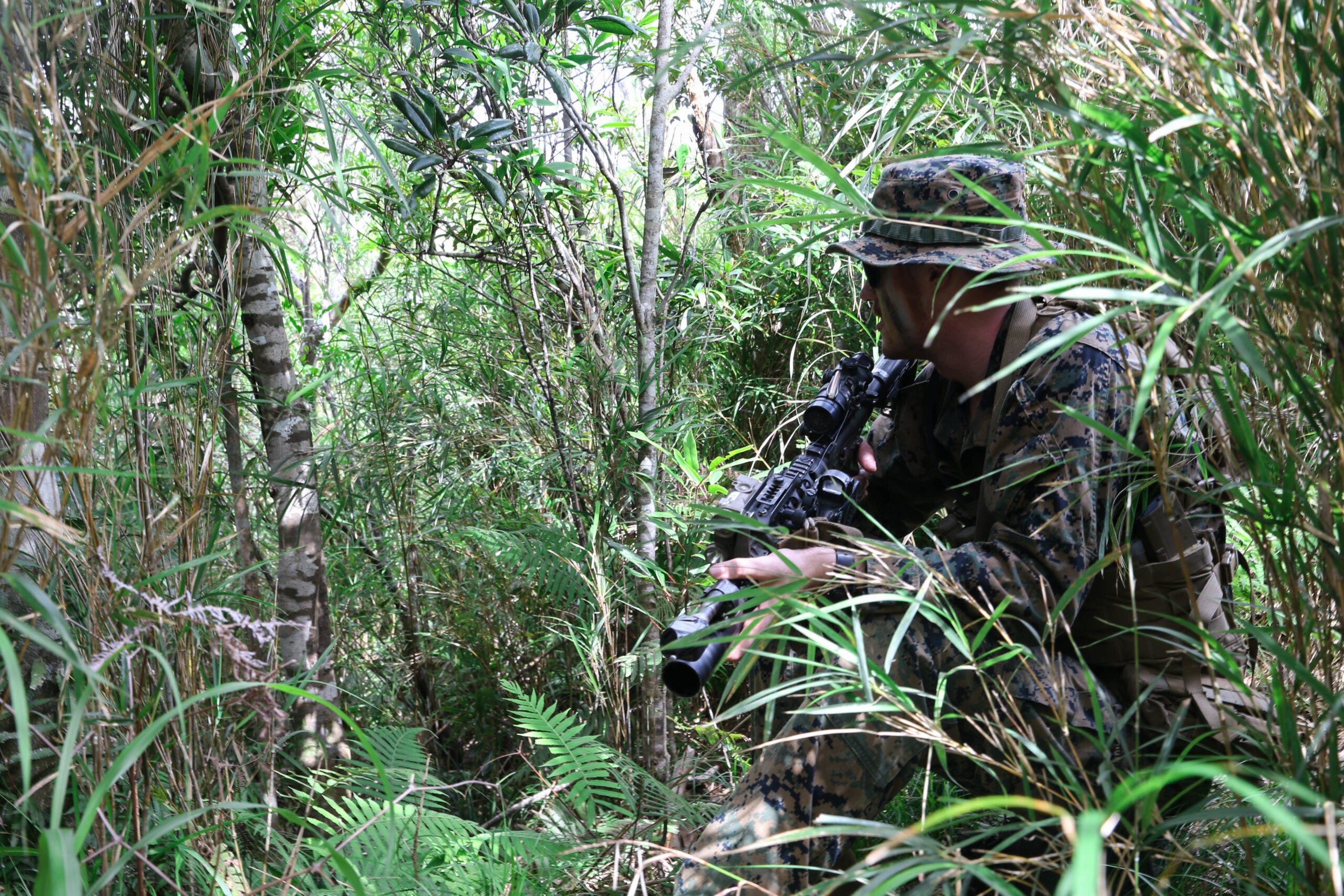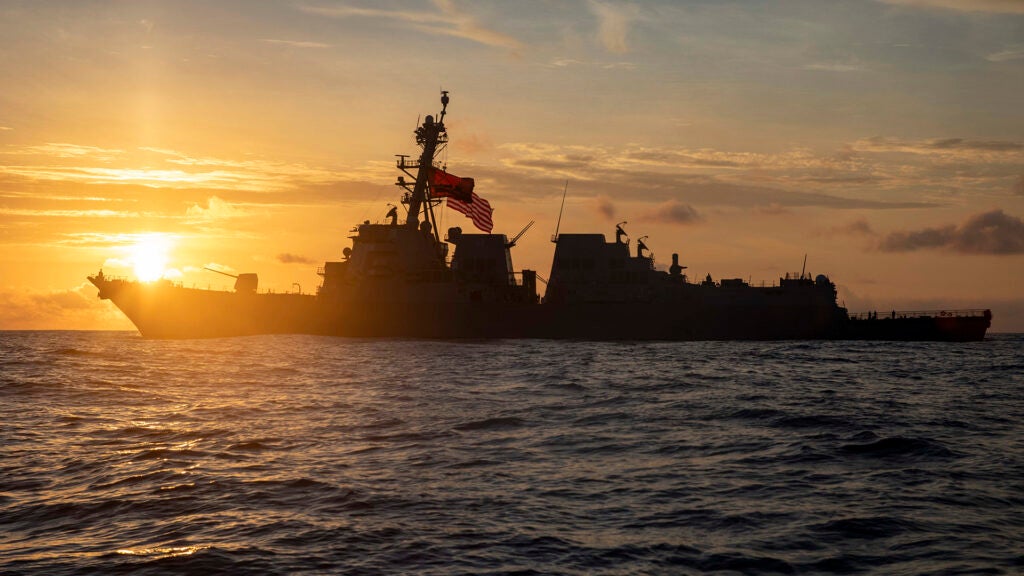
In China
A Chinese writer, known by the pseudonym of Mitu, was prevented from accessing her novel from the writing application she was using, due to the presence of content deemed "sensitive". The news was spread by one of the country's leading financial dailies, the Economic Observer. The software used by the author is one of the most popular in the world, WPS Office, also present on many Chinese-made phones. After being shared on a writing forum, with accusations of espionage and preventive censorship at the developer Kingsoft, the episode became in a few days one of the most talked about on social networks in the nation. In fact, numerous writers have confirmed that they have faced the same situation, despite being exactly, like Mitu, able to use the other applications of the WPS package, casting further shadows on a company at the center of one of its most serious damages. image.Kingsoft itself, through the WPS sector, ran for cover by releasing two press releases in which it specified that it does not implement any preventive censorship on the content shared by users within its network of applications very similar to Google Drive. With whom (or with which authorities) these contents may in turn be shared has therefore not been clarified, a major question in a country that could detach itself from the global internet at any time and which applies rather strict laws in terms of cybersecurity.
TOPSHOT - China's President Xi Jinping speaks during an event to commemorate the 40th anniversary of the Message to Compatriots in Taiwan at the Great Hall of the People in Beijing on January 2, 2019. - Taiwan's unification with the mainland is "inevitable", President Xi Jinping said on January 2, warning against any effort to promote the island's independence and saying China would not renounce the option of military force to bring it into the fold. (Photo by Mark Schiefelbein / POOL / AFP) (Photo credit should read MARK SCHIEFELBEIN / AFP via Getty Images) MARK SCHIEFELBEIN / Getty Images our programs ", the company was careful to then add. Words that, in addition to not clarifying the position of WPS and Kingsoft, nor the supply chain followed by the data shared with them, further strengthened the doubts of the Chinese users who expressed the questions about Weibo, the main social network in Beijing, a situation that government newspapers such as Southern Daily have not hesitated to define as a "crisis of confidence" in relation to a technological institution that entered the market over thirty years ago, in 1988.
After the widespread diffusion obtained by the story, Mitu herself confirmed that she had regained access to the novel, without the reasons for the block being explained but with the company apologies. Although we have not clarified what caused the prohibition of access to the file, based on what was declared by the WPS Office customer service, it would seem that the manual review mechanism (and possible censorship) is triggered by the sharing of links to unwanted content , more than the mere presence of the latter on the cloud.
The fatal flaw in the Marine Corps’ approach to countering China
John Schmitt recently provided considerable evidence of the strategic, operational, and tactical weaknesses of the Marine Corps’ Stand-in Forces (SIF) concept. But it is worth exploring in greater detail one fatal flaw: survivability.
The fundamental premise of the SIF concept is that the Chinese military’s ability to sense and engage U.S. forces is so advanced that, in the event of hostilities, U.S. Navy warships will be unable to enter China’s weapons engagement zones. Thus, the Navy will be incapable of preventing Chinese warships from sallying out from the East and South China Seas and past the First Island Chain, allowing China to threaten vital areas across the Pacific. To counter this postulated dilemma, the Commandant of the Marine Corps offers SIFs of small “low-observable” Marine units armed with antiship missiles. They are to occupy positions within the First Island Chain before the commencement of hostilities so that if a war breaks out, they are in positions to engage enemy warships as they attempt to deploy.
Because SIF detachments will be widely distributed and unable to reinforce each other, their survivability will depend almost entirely on their ability to remain undetected. The concept suggests that the SIF is less detectable and survivable than U.S. Navy warships. A cursory comparison of SIFs and Arleigh Burke destroyers, which likely would be the Navy asset to have the same mission envisioned for SIFs, renders this claim highly questionable.
According to the concept, SIFs, as noted, are to be low-observable (but not necessarily invisible), a term meaning stealthy and thus less visible to radars, electro-optical sensors, sonars, and other detection methods. But there is nothing stealth-like in the equipment of a SIF. For example, the missile unit that is the raison d’être of the SIF consists of box-shaped Joint Light Tactical Vehicles (JLTVs), each with two attached missile launchers; other JLTVs configured for long-range command, control, and communications; and supporting trucks with trailers. Supporting the missile unit will be elements of an infantry battalion (without supporting arms), an air- and missile-defense detachment (currently with only short-range air defense weapons), and a logistics detachment with a myriad of equipment that is hardly low-observable and in some cases emits considerable electronic signatures.
 Marine Lance Cpl. Andrew Mcdonagh sets up a defensive position during an Expeditionary Advance Base Operation exercise in Okinawa, Japan, June 17, 2020. (Cpl. Donovan Massieperez/U.S. Marine Corps)
Marine Lance Cpl. Andrew Mcdonagh sets up a defensive position during an Expeditionary Advance Base Operation exercise in Okinawa, Japan, June 17, 2020. (Cpl. Donovan Massieperez/U.S. Marine Corps)Even discounting electronic signatures, the thing that will make SIFs most detectable may be contact with local populations and militaries, which the concept envisions. Ships have no such drawback.
Beyond the survivability of the SIF itself, two of the primary means for inserting, displacing, and withdrawing a SIF cannot survive inside of an enemy’s weapons engagement zone: Marine Corps C-130 transports and CH-53 helicopters are not designed to survive in such a zone; they will be easy prey to a variety of enemy weapons.
Confronted with these facts, proponents argue that SIFs achieve low observability by operating in “penny packets.” The smallest size one of these so-called penny packets could achieve is a missile section consisting of five JLTVs with two supporting trucks and trailers, not counting a necessary security element, minimal air- and missile-defense capabilities, and a basic logistics support team. The missile section alone will certainly not be low observable by any reasonable person’s definition. (Interestingly, Field Marshall Bernard Montgomery prompted the common use of the term “penny packet” in World War II when he used it to denigrate the parceling out of airpower in elements too small to be of operational value while also too many to protect.)
How does a SIF compare to an Arleigh Burke-class destroyer in terms of detectability? It doesn’t. Where the SIF has only rudimentary means of hiding or shielding itself from an enemy, the destroyer has a variety of radars and a sonar for detecting an enemy before being detected, an electronic warfare decoy system for jamming and drawing enemy weapons away from the ship, a torpedo countermeasure system, and CHAFF buoys.
 The destroyer USS Paul Ignatius transits the Atlantic Ocean on June 12, 2021. (Navy Petty Officer 2nd Class Nathan T. Beard/US Navy)
The destroyer USS Paul Ignatius transits the Atlantic Ocean on June 12, 2021. (Navy Petty Officer 2nd Class Nathan T. Beard/US Navy)The Commandant touts the planned light amphibious warship (LAW) as a primary means of moving SIFs. The LAW is not likely to have any low-observable characteristics, making it extremely susceptible to being detected by Chinese sensors. If the Navy were to build the LAW to Navy Sea System standards of survivability, acquiring thirty or more vessels would be too expensive.
For a SIF to pack up, move to, and board a LAW will take hours. The LAW will have a maximum speed of advance of 14 knots (16.11 mph). It will have minimal self-defense weapons consisting of a 30mm gun system and a .50 caliber machine gun. Yet, the Navy is to sail this ship where its destroyers won’t venture? On the other hand, an Arleigh Burke destroyer has a 5-inch gun, two 20mm close-in weapons systems, two 25mm Bushmaster chain guns, antiair and anti-ship missiles, and torpedoes. The ship can advance at 31 knots (35.7 mph). I suggest that the signature of the SIF and the disparity of weapons make it far more detectable and far less survivable than a U.S. Navy destroyer. And we have not even considered the ideal platform suited to this mission and is far less detectable and more survivable than the SIF or the destroyer: an attack submarine.
In essence, those who conceived the SIF concept are arguing that an operational commander should place Marine SIFs — with a marginal ability to avoid detection and to protect themselves — in areas near where U.S. Navy ships with systems to disguise their location, divert enemy weapons, and protect against attack dare not go because of the enemy’s extraordinary surveillance and targeting capability. The illogic of the SIF concept could only be offered by technologically and operationally uninformed officers.
If the Marine Corps were to bring this concept to fruition and future commanders employed SIFs as designed, there could only be one result — many dead and captured Marines. Continuing along this force development path, with divestments already underway, makes little operational sense. The Corps and the nation will be better off when the current Force Design 2030 folly ends — although less well off than before it started.
The Marines should be prepared to take on the nation’s foes in “any clime and place” rather than wannabe missileers stranded, vulnerable, and unable to survive on forgotten Pacific islands. Fourth Marines are currently being reconfigured as a SIF. I fear that storied regiment may once again be heading into ignoble confinement similar to its Second World War experience as the original SIF in 1941.
+++Lt. Gen. Jefferson D. Howell (Ret.) served as a Marine for over 37 years and commanded both the 2nd Marine Aircraft Wing and Marine Forces, Pacific.
Lt. Gen. Frank Libutti (Ret.) was a Marine infantry officer for over 35 years, was awarded the Silver Star for actions in Vietnam, and commanded both the 1st Marine Division and Marine Forces, Pacific.
The latest on Task & PurposeWant to write for Task & Purpose? Click here. Or check out the latest stories on our homepage.